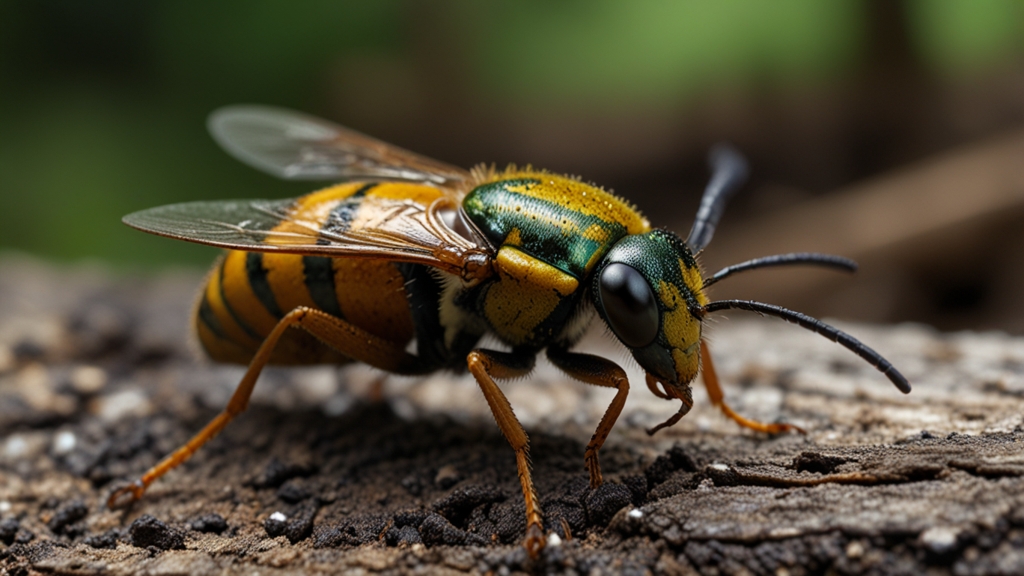The Role of Insects in Climate Change: What You Need to Understand
Climate change is a multifaceted issue with numerous contributing factors. While the conversation often highlights carbon emissions, deforestation, and fossil fuels, one critical aspect frequently overlooked is the role of insects. These tiny creatures have a surprisingly significant impact on our planet’s climate. This article explores how insects contribute to climate change and what we need to understand about their complex relationship with our environment.
Insects as Carbon Emitters
At first glance, it might seem counterintuitive to consider insects as contributors to carbon emissions. However, the numbers tell a different story. Insect respiration releases carbon dioxide (CO2) into the atmosphere. While the emissions from a single insect are negligible, their cumulative impact can be considerable given their vast numbers. Insects such as termites are particularly noteworthy. Termites digest wood and other plant material, breaking them down in a process that releases methane, a potent greenhouse gas.
Methane has a global warming potential 28-36 times greater than CO2 over a 100-year period, making termite emissions a significant factor in climate change.
Insects and Decomposition
Insects play a crucial role in decomposing organic materials. Beetles, ants, and flies are instrumental in breaking down dead plants and animals, which in turn releases stored carbon back into the atmosphere. This decomposition process is essential for nutrient cycling, yet it also has the byproduct of increasing greenhouse gases. As the climate changes, the decomposition rates and the efficiency of insects in these processes can alter, potentially leading to increased greenhouse gas emissions.
Impact of Climate Change on Insects
Climate change doesn’t just involve insects contributing to the problem; it also affects insect populations through rising temperatures, habitat loss, and changing ecosystems. Warmer climates can lead to increased insect metabolic rates, accelerating the rate at which they consume resources and, subsequently, the rate at which they release methane and CO2.
Additionally, some species may thrive in the altered conditions, potentially leading to population booms. For instance, certain pests like the pine beetle have devastated forests in North America, converting large swaths of trees that act as carbon sinks into dead timber that eventually decomposes, releasing more CO2.
Insects in Agriculture
Agricultural practices are heavily influenced by insect activity. Pollinators like bees are vital for crop production. However, pests can wreak havoc on agricultural yield and health, leading to increased use of pesticides and other interventions. These chemical treatments may have indirect effects on climate change, either through their production, application, or through changing the lifecycles and behaviors of insects.
The U.N. Food and Agriculture Organization estimates that up to 40% of global crops are lost annually due to pests, a figure that could worsen with climate change.
Mitigation and Adaptation Strategies
Understanding the role of insects in climate change allows us to develop more nuanced strategies for mitigation and adaptation. Climate models and environmental policies can better incorporate the complexities of insect behaviors and populations. Conservation efforts aimed at preserving beneficial insect species and controlled management of pest populations can also be part of effective climate strategies.
Moreover, promoting biodiversity and ecological balance can help maintain natural checks and balances, potentially curbing the adverse impacts of climate change related to insects. Research into sustainable agricultural practices and natural pest control methods can reduce reliance on harmful chemicals and lessen the overall carbon footprint of farming activities.
Conclusion
Insects are a critical, albeit often underappreciated, component of the climate change equation. From their role as carbon emitters and decomposers to the impact of a changing climate on their populations, insects present both challenges and opportunities. A deeper understanding of these dynamics is essential for developing holistic and effective climate strategies. As we aim to tackle one of the most pressing issues of our time, let’s not forget the small yet mighty insects and the significant role they play.






